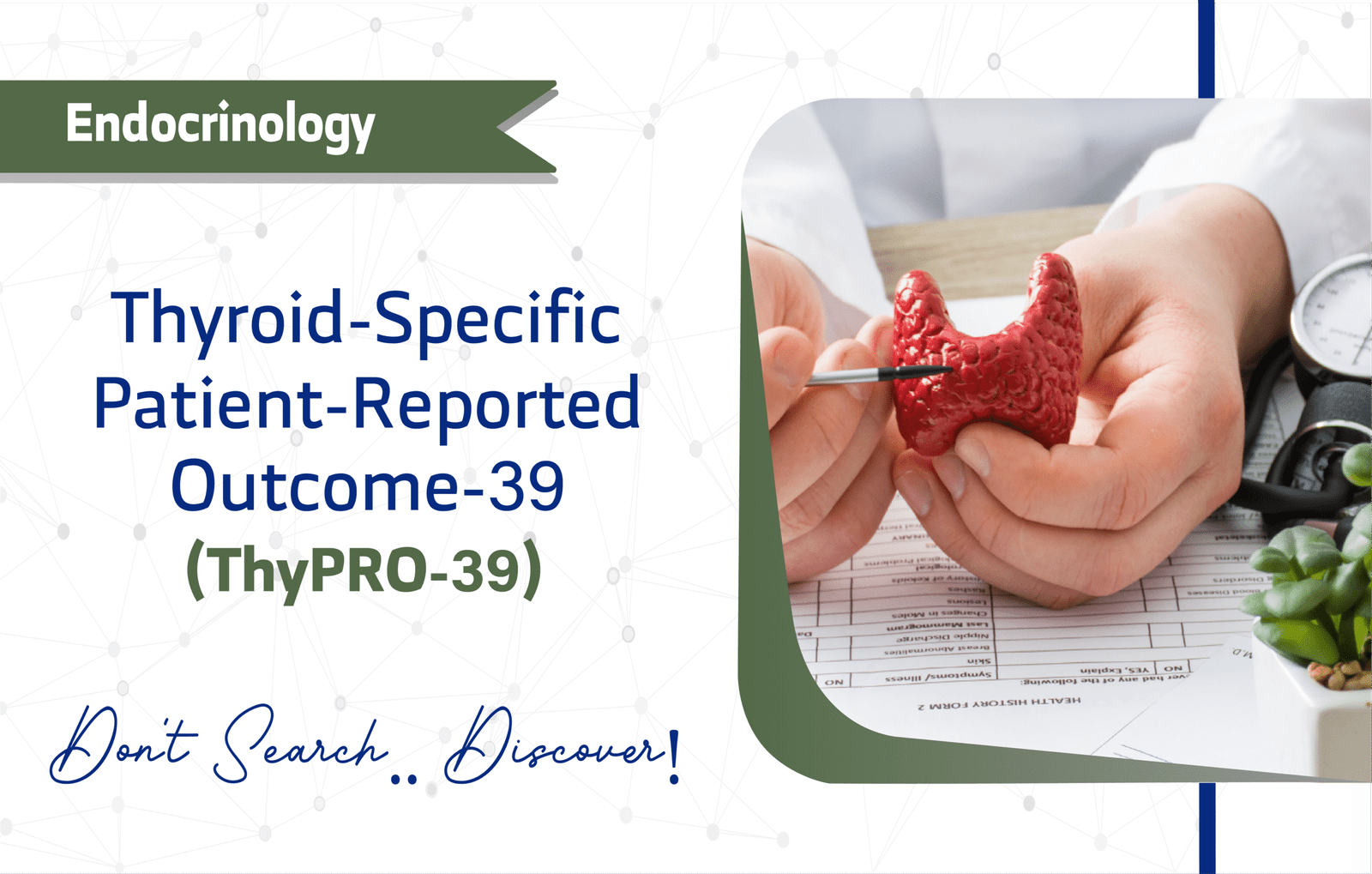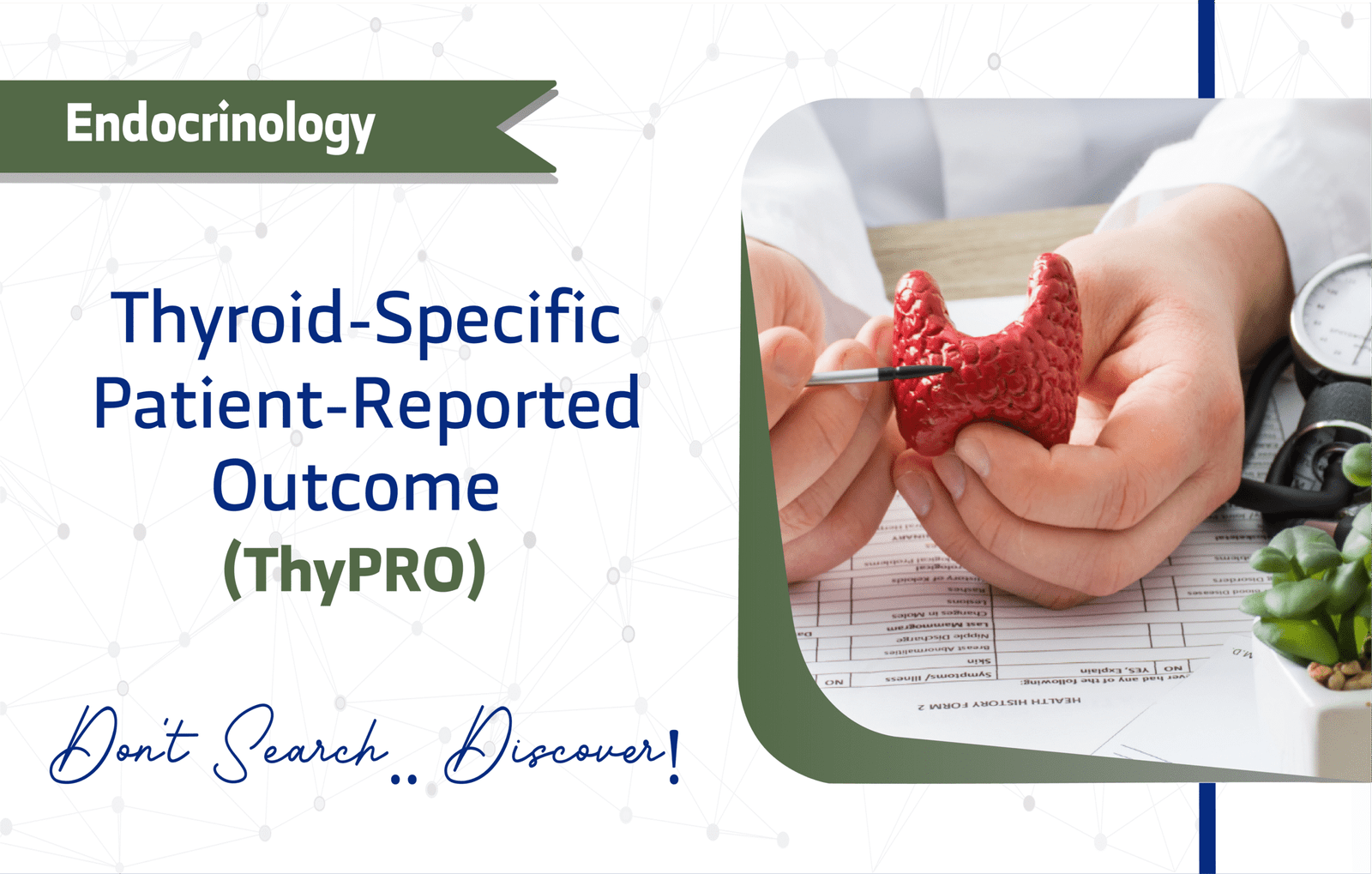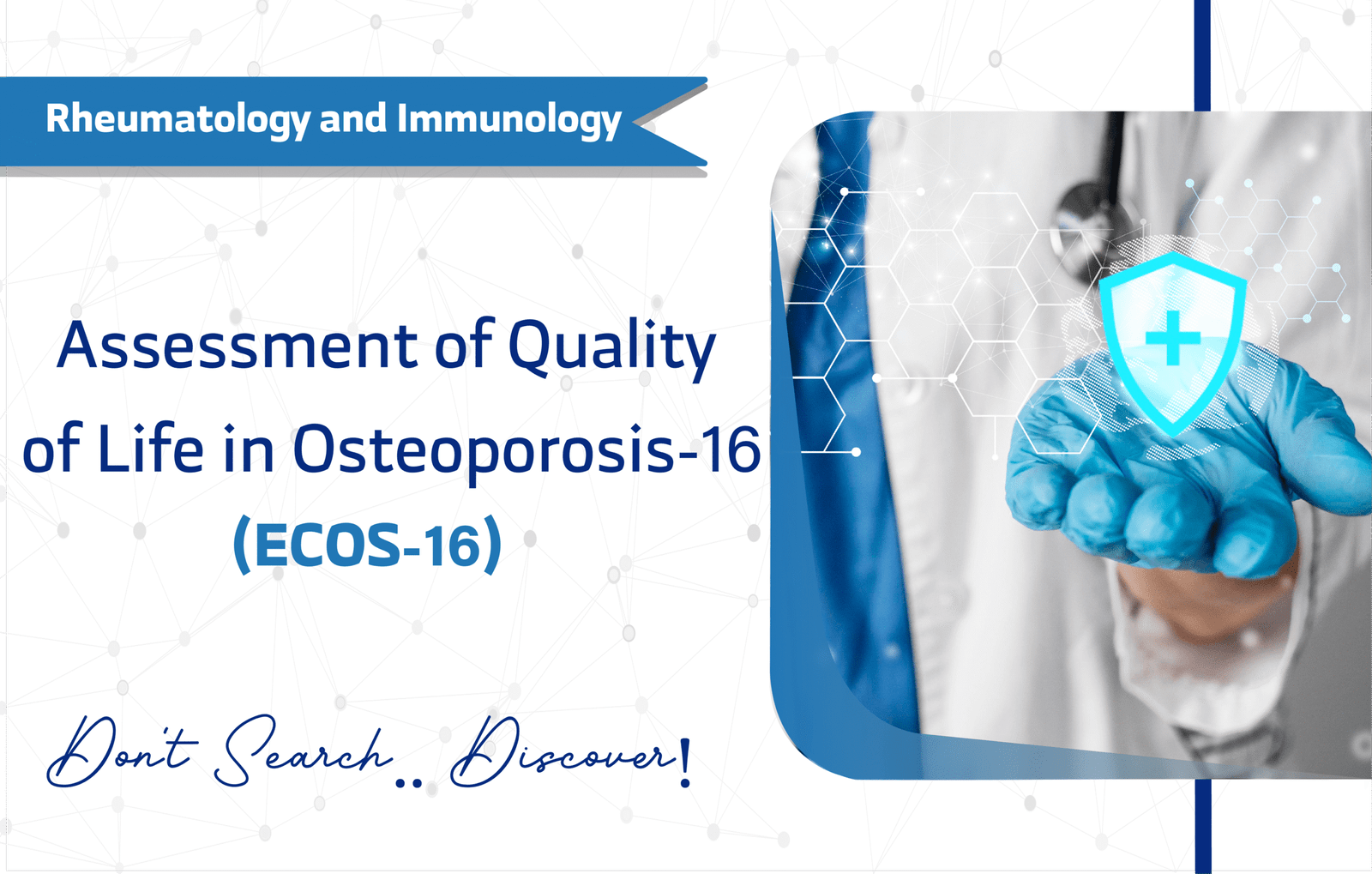Introduction
Fecal incontinence disrupts patients’ lives in profound ways, yet its impact often remains understudied. Fortunately, the Fecal Incontinence Quality of Life Scale (FIQL), developed by Todd H. Rockwood and colleagues in 2000, and published by Journal of Diseases of the Colon & Rectum, addresses this challenge. With over 1,500 citations on Google Scholar, this tool quantifies the psychosocial and functional burdens of fecal incontinence, making it indispensable for clinicians and researchers (Rockwood et al., 2000).
In this article, we explore the FIQL’s features, applications, and limitations, providing actionable insights to enhance patient care and advance research outcomes.
Key Features of the Fecal Incontinence Quality of Life Scale (FIQL)
Purpose and Use
The FIQL evaluates how fecal incontinence affects quality of life across multiple dimensions. For example, it captures emotional distress, social limitations, and disruptions to daily activities. As a result, clinicians use it to monitor treatment progress, while researchers rely on it to assess intervention efficacy. Its patient-centered design ensures it delivers meaningful data for both clinical practice and academic studies.
Target Population
Designed for adults aged 18 and older, the FIQL targets patients diagnosed with fecal incontinence. Moreover, it applies to young adults (18–24), middle-aged adults (25–44), older adults (45–64), and seniors (65+). This broad applicability makes it versatile across diverse clinical populations.
Structure
The FIQL includes 29 items organized into four scales:
- Lifestyle (10 items): Assesses disruptions to daily routines.
- Coping/Behavior (9 items): Examines adaptive strategies and behavioral changes.
- Depression/Self-Perception (7 items, one reverse-coded): Evaluates emotional well-being and self-esteem.
- Embarrassment (3 items): Measures social discomfort.
Each item uses a 4-point Likert scale (1 = most affected, 4 = least affected), enabling nuanced responses.
Scoring Method
The FIQL employs a 4-point Likert scale, with scores ranging from 1 (most affected) to 4 (least affected). To calculate domain scores, clinicians sum the item scores within each scale and divide by the number of items answered. Notably, some items require reverse scoring. Higher scores indicate better quality of life, and each domain is interpreted independently, as no total score exists. Although no standardized cut-off scores are defined, subscale scores help track severity and treatment progress over time.
Administration Format
The FIQL takes 10-15 minutes to administer, making it highly efficient. It can be conducted via:
- Paper-based forms
- Digital (Online) platforms
- Interview (In-person)
Its self-administered format, requiring no specialized training, enhances its practicality for busy clinical environments.
Applications of Fecal Incontinence Quality of Life Scale (FIQL)
The FIQL serves multiple roles in clinical and research settings:
- Monitoring: Tracks quality-of-life changes, particularly in response to treatments.
- Treatment Planning: Guides clinicians in designing personalized interventions based on patient-reported impacts.
- Research: Supports clinical trials and studies, endorsed by the International Continence Society (ICS) for its rigor.
For instance, clinicians can adjust pelvic floor rehabilitation plans using FIQL data, while researchers analyze treatment efficacy across diverse populations.
Languages and Availability
To ensure global accessibility, the FIQL is available in multiple languages, including:
- Arabic
- English
- Mandarin Chinese
- Spanish
- French
- Russian
- German
- Portuguese
Consequently, it supports cross-cultural research and clinical applications.
The FIQL is free for non-commercial and academic use, making it accessible for researchers and clinicians. However, commercial or funded projects may require permission from the publisher, Diseases of the Colon & Rectum. The questionnaire is copyrighted, and redistribution requires approval, as it falls under a property license type.
Reliability and Validity
The FIQL is recognized as a highly reliable and valid instrument for assessing fecal incontinence impact. Its psychometric strength is demonstrated by a Cronbach’s alpha ranging from 0.73 to 0.93 across subscales, indicating strong internal consistency. Additionally, it shows robust test-retest reliability, ensuring stable results over time.
Limitations and Considerations
However, despite its strengths, the FIQL has a few limitations:
- Self-report: Respondents may underreport due to social desirability bias.
- Cultural Bias: Some items may require adaptation for cultural relevance.
- Narrow Focus: The FIQL focuses on specific domains, potentially missing broader psychological or physical impacts.
- Age Restrictions: Not suitable for children or adolescents under 18.
Other Versions and Related Questionnaires
Alternative Versions of FIQL
- Some studies propose shortened or modified FIQL versions to reduce respondent burden or focus on specific domains. However, these are less widely accepted and not replacements for the full scale.
Complementary Questionnaires
- St. Mark’s Incontinence Score (Vaizey Scale): Measures incontinence severity.
- Wexner Score: Assesses fecal incontinence severity.
- ICIQ-Bowel Module: Evaluates bowel symptoms and quality of life.
Additional Resources
For more information on the FIQL and to access the full questionnaire, visit the following resources:
- Access the FIQL Questionnaire PDF.
- For inquiries, contact Diseases of the Colon & Rectum (https://journals.lww.com/dcrjournal/pages/default.aspx).
- For additional FIQL resources, Study Link.
Frequently Asked Questions (FAQ)
- Who can use the FIQL?
Clinicians, researchers, and healthcare providers use the FIQL for adults aged 18 and older with fecal incontinence. - How long does it take to complete the FIQL?
Patients typically take 10 to 15 minutes to complete the 29-item FIQL, making it feasible for clinical and research settings. - How is the FIQL administered?
Healthcare teams can administer the FIQL via paper, digital, or in-person interview formats, offering flexibility in usage. - Is there any cost to using the FIQL?
The FIQL is free for non-commercial use. For commercial or funded academic projects, permission from the publisher may be necessary.
A word from ResRef about Fecal Incontinence Quality of Life Scale (FIQL)
The Fecal Incontinence Quality of Life Scale (FIQL) provides a validated, patient-centered measure of how fecal incontinence impacts lifestyle, emotional health, and social function, making it an essential tool for improving outcomes in bowel care. By offering detailed insights into patients’ experiences, it empowers clinicians to tailor interventions and researchers to explore effective treatments. Furthermore, its robust validation and ease of use make it a go-to resource for advancing evidence-based care. Consequently, integrating the FIQL into your practice or studies can enhance patient-centered care, drive informed treatment decisions, and ultimately improve quality of life for those affected by fecal incontinence.
References
- Rockwood, T. H., Church, J. M., Fleshman, J. W., Kane, R. L., Mavrantonis, C., Thorson, A. G., Wexner, S. D., Bliss, D., & Lowry, A. C. (2000). Fecal Incontinence Quality of Life Scale: Quality of life instrument for patients with fecal incontinence. Diseases of the Colon & Rectum, 43(1), 9–16. (link).
- Rullier, E., Zerbib, F., Marrel, A., Amouretti, M., & Lehur, P. A. (2004). Validation of the French version of the Fecal Incontinence Quality-of-Life (FIQL) scale. Gastroentérologie Clinique et Biologique, 28(6–7), 562–568. (link).
- Minguez, M., Garrigues, V., Soria, M. J., Andreu, M., Mearin, F., & Clave, P. (2006). Adaptation to Spanish language and validation of the Fecal Incontinence Quality of Life Scale. Diseases of the Colon & Rectum, 49(4), 490–499. (link).
- ‘t Hoen, L. A., Utomo, E., Schouten, W. R., Blok, B. F., & Korfage, I. J. (2017). The fecal incontinence quality of life scale (FIQL) and fecal incontinence severity index (FISI): Validation of the Dutch versions. Neurourology and Urodynamics, 36(3), 710–715. (link).
- Yusuf SA, Jorge JM, Habr-Gama A, Kiss DR, Gama Rodrigues J. Avaliação da qualidade de vida na incontinência anal: validação do questionário FIQL (Fecal Incontinence Quality of Life) [Evaluation of quality of life in anal incontinence: validation of the questionnaire FIQL (Fecal Incontinence Quality of Life)]. Arq Gastroenterol. 2004 Jul-Sep;41(3):202-8. Portuguese. (link).








